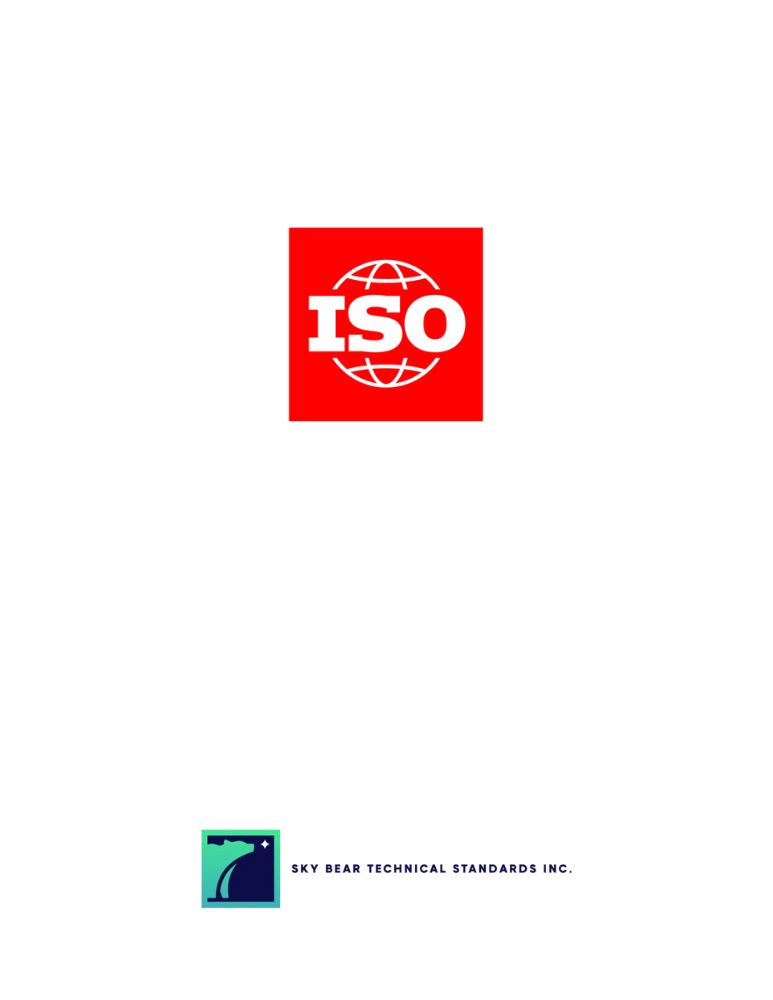Your cart is currently empty!

ISO 16063:2019
ISO 16063:2019 Methods for the calibration of vibration and shock transducers – Part 34: Testing of sensitivity at fixed temperatures
CDN $173.00
Description
This document details specifications for the instrumentation and methods to be used for testing fixed temperature sensitivity of vibration transducers. It applies to rectilinear velocity and acceleration transducers.
The methods specified use both a comparison to a reference transducer and an absolute measurement by laser interferometer.
This document is applicable for a frequency range from 10 Hz to 3 kHz (method-dependent), a dynamic range from 1 m/s2 to 100 m/s2 (frequency-dependent) and a temperature range from ?190 °C to 800 °C (method-dependent). Although it is possible to achieve these ranges among all the described systems, generally each has limitations within them.
Method 1 (using a laser interferometer) is applicable to magnitude of sensitivity and phase calibration in the frequency range 10 Hz to 3 kHz at fixed temperatures (see Clause 7). Method 2 (using a reference transducer inside a chamber whose temperature limit is ?70 °C to 500 °C) can be used for magnitude of sensitivity and phase calibration in the frequency range 10 Hz to 1 kHz at fixed temperatures (see Clause 8). Method 3 (using a reference transducer outside the chamber) can only be used for the determination of the temperature response of complex sensitivity over a certain temperature range (see Clause 9).
NOTE Method 1 and Method 2 can provide the deviation of complex sensitivity over a certain temperature range if the calibration is also done at the reference temperature (room temperature 23 °C ± 5 °C).
To ensure the consistency of the use and test condition, the transducer, its cable and the conditioning amplifier are intended to be considered as a single unit and tested together.
Edition
1
Published Date
2019-12-16
Status
PUBLISHED
Pages
16
Format 
Secure PDF
Secure – PDF details
- Save your file locally or view it via a web viewer
- Viewing permissions are restricted exclusively to the purchaser
- Device limits - 3
- Printing – Enabled only to print (1) copy
See more about our Environmental Commitment
Abstract
This document details specifications for the instrumentation and methods to be used for testing fixed temperature sensitivity of vibration transducers. It applies to rectilinear velocity and acceleration transducers.
The methods specified use both a comparison to a reference transducer and an absolute measurement by laser interferometer.
This document is applicable for a frequency range from 10 Hz to 3 kHz (method-dependent), a dynamic range from 1 m/s2 to 100 m/s2 (frequency-dependent) and a temperature range from ?190 °C to 800 °C (method-dependent). Although it is possible to achieve these ranges among all the described systems, generally each has limitations within them.
Method 1 (using a laser interferometer) is applicable to magnitude of sensitivity and phase calibration in the frequency range 10 Hz to 3 kHz at fixed temperatures (see Clause 7). Method 2 (using a reference transducer inside a chamber whose temperature limit is ?70 °C to 500 °C) can be used for magnitude of sensitivity and phase calibration in the frequency range 10 Hz to 1 kHz at fixed temperatures (see Clause 8). Method 3 (using a reference transducer outside the chamber) can only be used for the determination of the temperature response of complex sensitivity over a certain temperature range (see Clause 9).
NOTE Method 1 and Method 2 can provide the deviation of complex sensitivity over a certain temperature range if the calibration is also done at the reference temperature (room temperature 23 °C ± 5 °C).
To ensure the consistency of the use and test condition, the transducer, its cable and the conditioning amplifier are intended to be considered as a single unit and tested together.
Previous Editions
Can’t find what you are looking for?
Please contact us at:
Related Documents
-

ISO 80000:2025 Quantities and units – Part 13: Information science and technology
CDN $203.00 Add to cart -

ISO 80000:2019 Quantities and units – Part 11: Characteristic numbers
CDN $312.00 Add to cart -

ISO 80004:2020 Nanotechnologies – Vocabulary – Part 3: Carbon nano-objects
CDN $76.00 Add to cart -

ISO 5078:2025 Management of terminology resources – Terminology extraction
CDN $233.00 Add to cart







